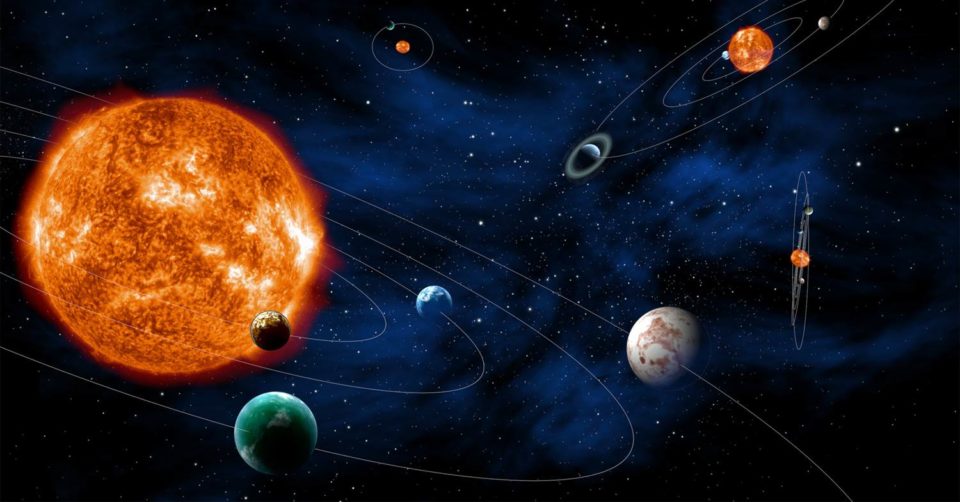Humans have been fascinated by space since ancient times. With advances in technology, we are now able to explore space in ways that were once unimaginable. However, space exploration is not without its challenges. Space simulations have become an essential tool for scientists and astronauts to prepare for space missions and understand the complexities of space.
What is a space simulation?
A space simulation is an artificial environment that mimics the conditions of space. This can range from a simple computer program to a full-scale replica of a spacecraft. The purpose of space simulations is to study the effects of space on humans and equipment, test new technologies, and train astronauts for space missions.
Why are space simulations important?
Space simulations are crucial for several reasons. Firstly, they allow scientists and engineers to study the effects of space on human physiology and technology. In space, astronauts experience microgravity, radiation, and other environmental factors that can impact their health and the functionality of equipment. Simulations help scientists better understand how these factors affect the human body and how to mitigate their effects.
Secondly, space simulations allow scientists to test new technologies in a controlled environment. Developing and testing technology for space is expensive and time-consuming. Simulations can help researchers identify potential issues with new technologies before they are sent into space. This can save time and money and ensure that the technology is safe and effective.
Finally, space simulations are critical for training astronauts for space missions. Astronauts need to be able to operate in an environment that is very different from Earth. They must learn how to live and work in microgravity, use specialized equipment, and deal with emergencies. Space simulations allow astronauts to practice these skills in a controlled environment and prepare for the challenges they will face in space.
Types of space simulations
There are several types of space simulations, each with its purpose. Here are a few examples:
Ground-based simulations: These simulations use virtual reality, computer programs, or physical models to replicate the conditions of space on Earth. They are often used to study the effects of microgravity on the human body.
Neutral buoyancy simulations: These simulations use large swimming pools to simulate the weightlessness of space. Astronauts can practice working in a microgravity environment and use specialized equipment.
Spacecraft simulations: These simulations are full-scale replicas of spacecraft and are used to test new technology and train astronauts for specific missions.
Conclusion
Space simulations are an essential tool for scientists and astronauts as we continue to explore space. They allow us to study the effects of space on humans and equipment, test new technologies, and train astronauts for space missions. As space exploration continues to advance, the importance of space simulations will only continue to grow.

